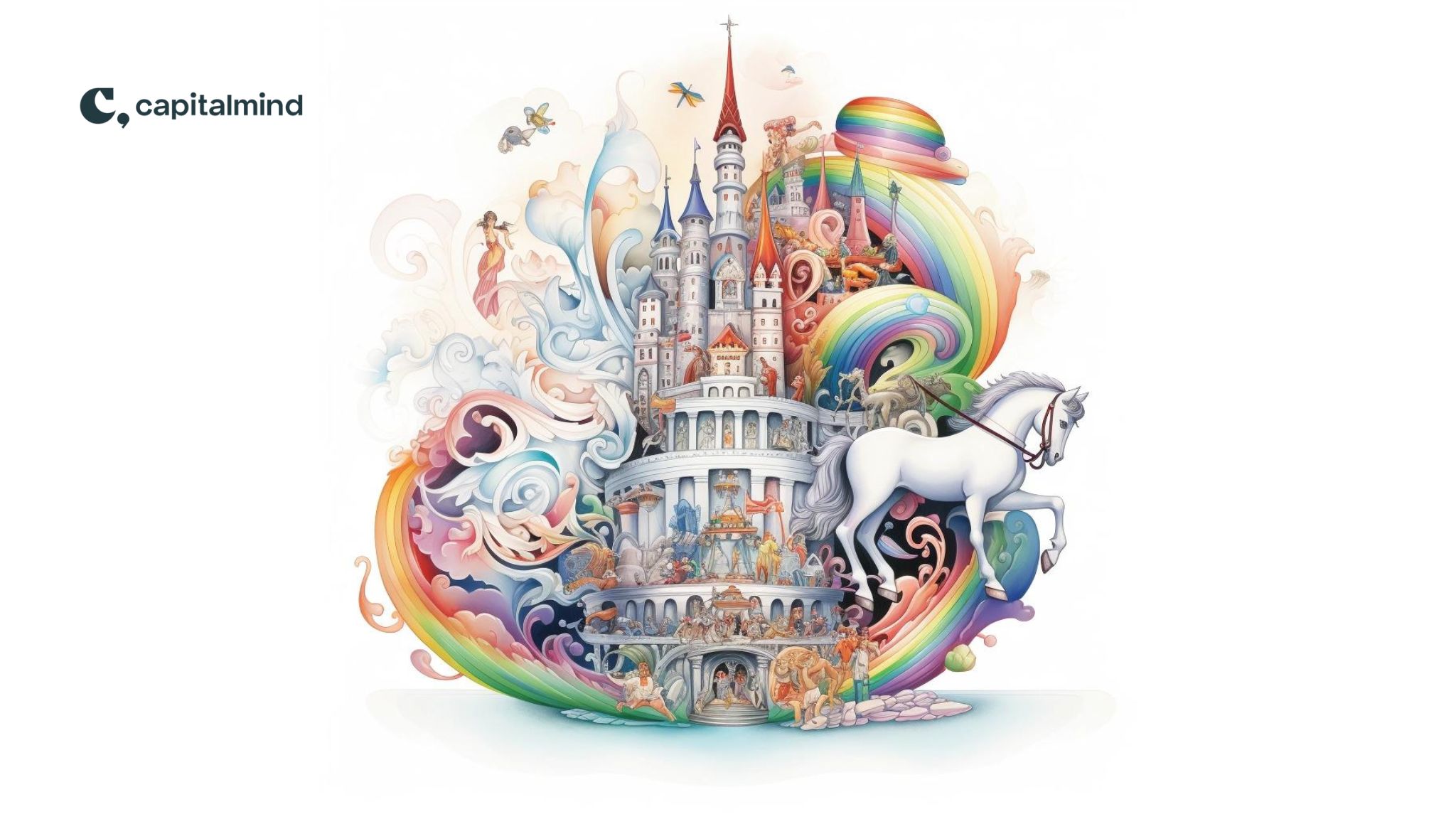S. Gurumurthy: Dollar on escalator and rupee on ventilator
In the four years from 2002-03 to 2005-06 the RBI had purchased $75 billion. When it was buying dollars here, the greenback was losing heavily in the global market. It had lost, in less than the three years ending 2004, in excess of 24 per cent against other major currencies and 60 per cent against the euro.
By March 2006, the RBI did double its forex fund to some $152 billion. But, in the next two years, 2006-07 and 2007-08, what happened needs to be seen in detail. For the first seven months up to October 2006, the RBI forex deals were minimal — it bought just $4.8 billion, less than $700 billion per month.
Suddenly, the RBI accelerated its dollar purchase by a factor of seven and bought $19.8 billion in the next four months to February 2007 — almost $5 billion a month! Had the RBI not done this, the globally depreciating dollar would have fallen below Rs 45 to a dollar. By this time, March 2007, the forex reserves had topped $199 billion.
Then came a brief, but decisive, u-turn. For the four months from March to June 2007, the RBI again moderated its dollar purchases to an average of $3 billion per month. Just a 40 per cent cut in the purchases from $5 billion a month to $3 billion a month.
The result was the fall of the dollar, and the rise of the rupee, from Rs 45 to a dollar in February to Rs 42 in April 2007, to less than Rs 41 in May, and almost Rs 40 in July.
The RBI, fearing a runaway rise of the rupee, again accelerated dollar purchases and bought, in July alone, $11.4 billion that equalled in one month the previous four months’ purchases. But even this would not stop the dollar from crashing below Rs 40 in August 2007, forcing the Finance Minister himself to voice concern at the rise of the rupee.
The result: in just seven months from September 2007 to March 2008, the RBI bought an amazing sum of $70 billion — an average of $10 billion a month! This smashed the rupee on the rise, like the engine of an aircraft on take-off being turned off.
In February 2008, the tide had turned against the rupee. With global oil prices moving from $100 to almost $150 in mid-2008, and the Indian oil companies having contracted huge sums of dollars, the rupee fell 10 per cent by August.
By then, the RBI had lost control over the rupee. The rupee dropped rapidly thereafter to almost Rs 50 to a dollar in October 2008 – a fall of 27 per cent in less than 10 months. A dollar which cost 1.599 euros on July 15, 2008 was lifted to 1.25 euros in October – a rise of 16 per cent in less than 100 days.
By September 2008, as the dollar was being wheeled out of the ICU, the rupee had been wheeled in. By October, the rupee, that had been riding the escalator till January, was on the ventilator, and the dollar, that had been on the ventilator till August, got on to the escalator.
Simply put – if you don’t let it rise, you won’t be able to control it from falling. Had we let the dollar go really down, it might not have gone so far up.



